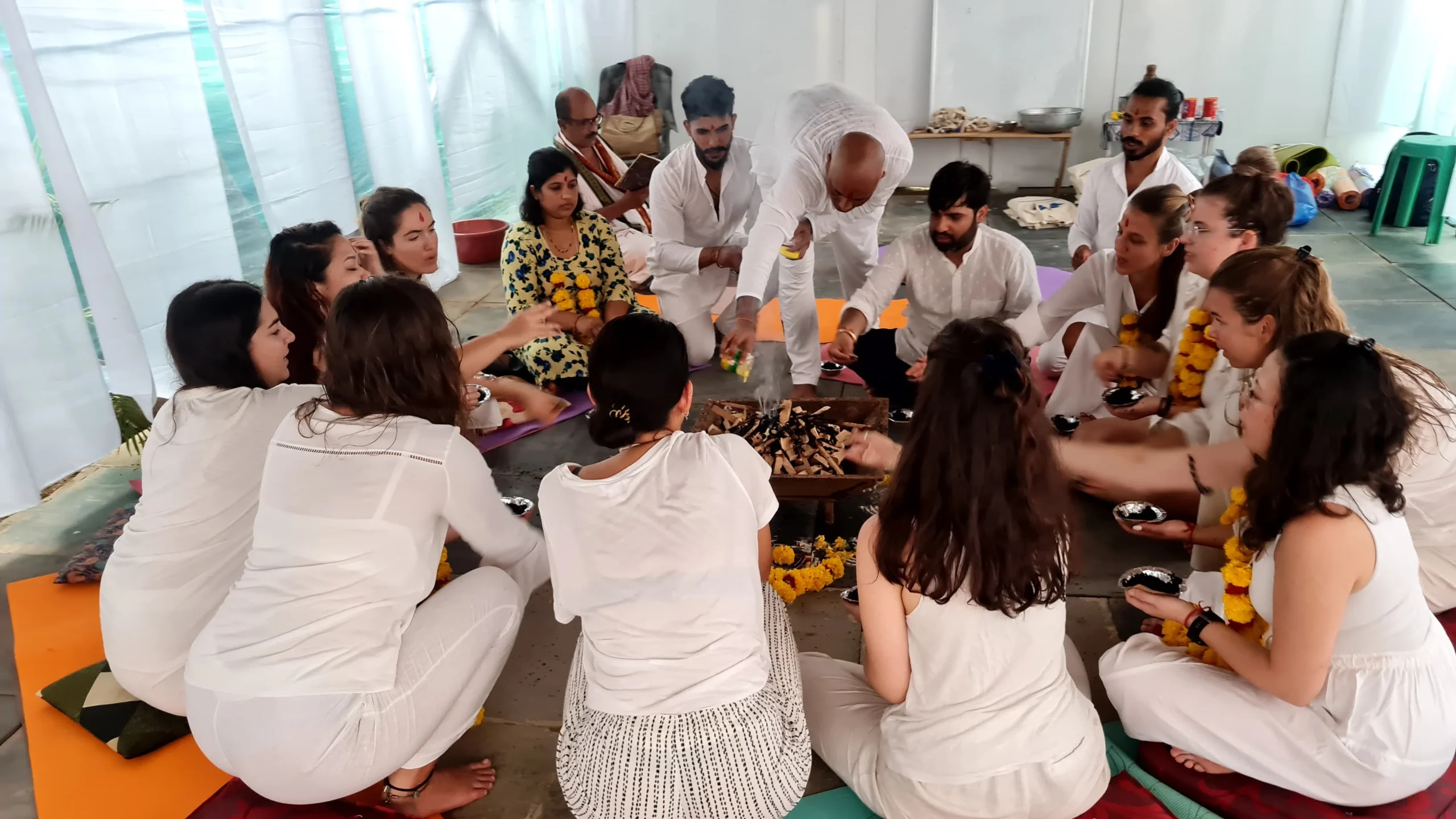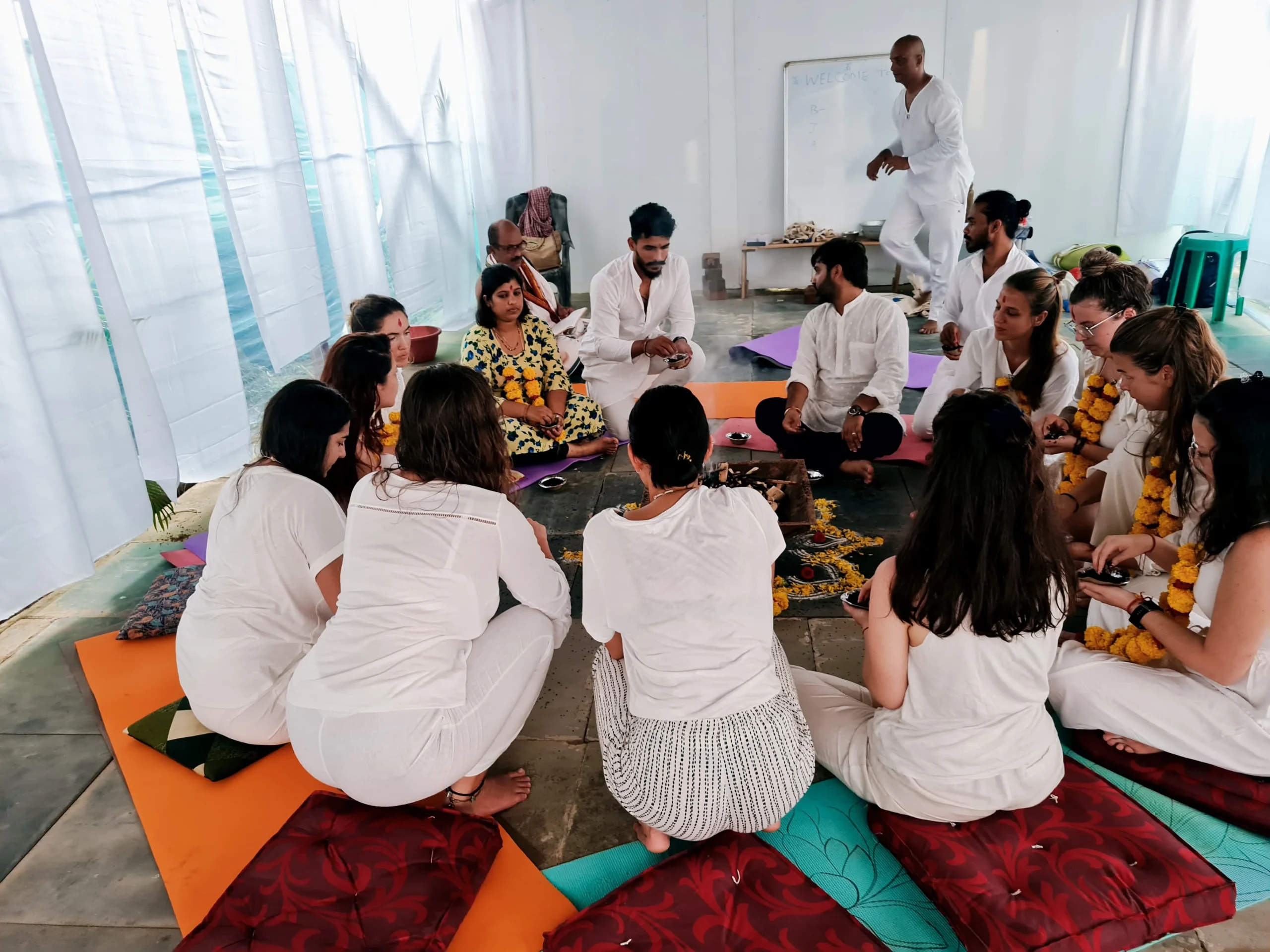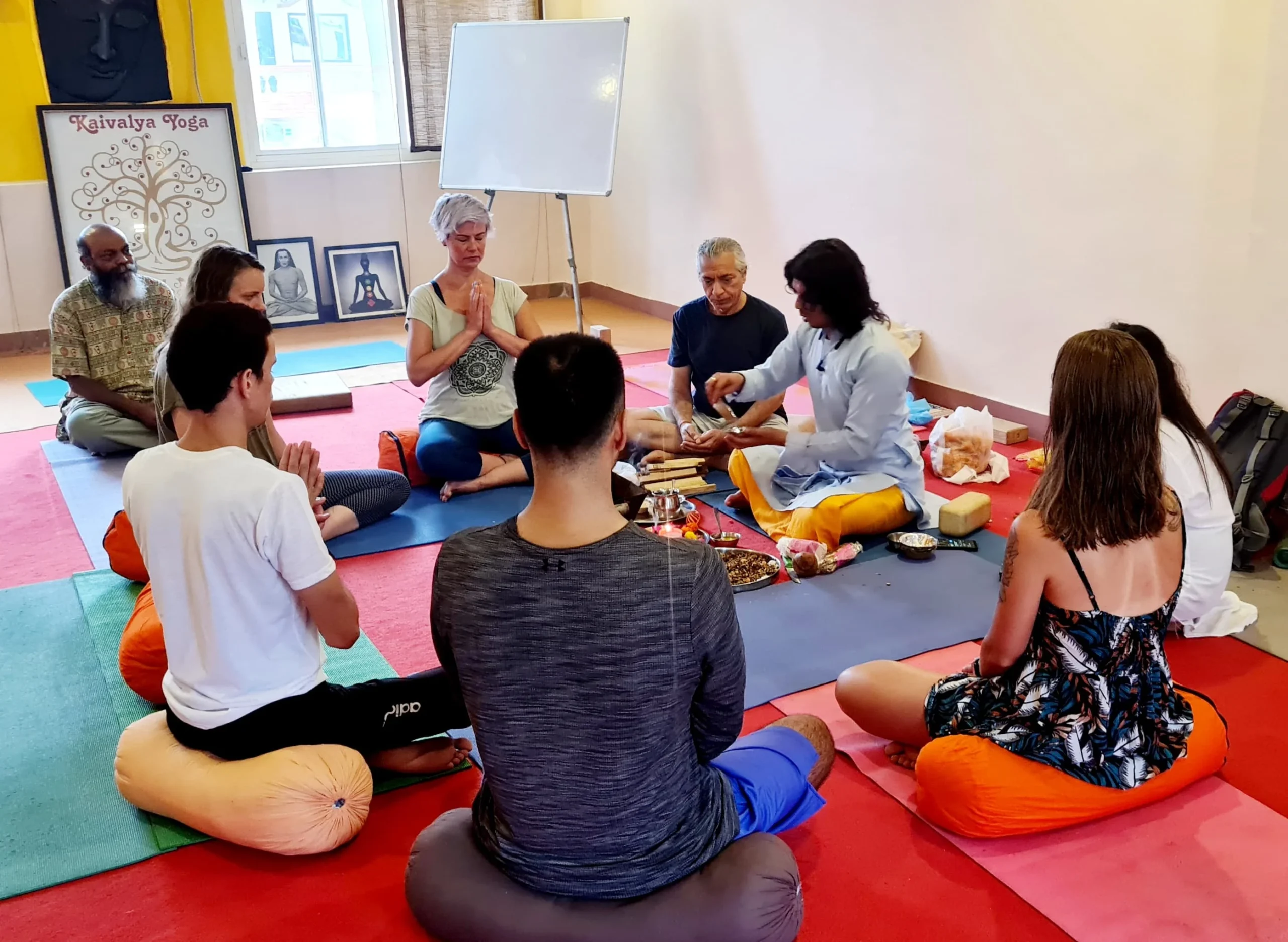India is known for its colorful and deeply spiritual festivals, and Navratri stands out as one of the most significant celebrations. Observed over nine nights and ten days, Navratri is dedicated to Goddess Durga and her different forms, symbolizing power, protection, and the divine feminine (Shakti). It is a time of prayer, fasting, music, and cultural festivities, culminating in the grand celebration of Durga Puja in many regions of India.
But what makes Navratri such a revered festival? Why is it celebrated with such devotion? And how can you experience it in its true essence? Let’s explore.
What is Navratri?
Navratri, meaning “nine nights” in Sanskrit, is a Hindu festival that honors Goddess Durga and her nine forms. It is a time for spiritual purification, self-discipline, and devotion, observed through fasting, prayers, and vibrant cultural events.
There are four Navratris celebrated throughout the year, but the most widely observed is Sharad Navratri, which takes place in September–October. It culminates in Durga Puja, a festival celebrating Goddess Durga’s victory over the demon Mahishasura, symbolizing the triumph of good over evil.
The Nine Nights of Navratri: A Tribute to Goddess Durga’s Forms
Each of the nine nights of Navratri is dedicated to a different form of Goddess Durga, each representing a unique divine quality:
Shailaputri – The goddess of strength and purity.
Brahmacharini – Symbolizes penance and devotion, inspiring self-discipline.
Chandraghanta – Represents peace and courage, helping remove obstacles.
Kushmanda – The source of universal energy, bestowing prosperity.
Skandamata – The motherly form of Durga, associated with wisdom and protection.
Katyayani – A warrior goddess, symbolizing courage and determination.
Kaalratri – The fiercest form of Durga, representing the destruction of darkness.
Mahagauri – The goddess of purity, forgiveness, and transformation.
Siddhidatri – The goddess of spiritual enlightenment and divine blessings.
Each day, devotees honor a different form of Durga through prayers, fasting, and meditation, seeking her divine grace and energy.
How is Navratri Celebrated Across India?
Navratri is celebrated in various ways, with each region incorporating its own unique customs and traditions.
1. Fasting & Spiritual Practices
Many devotees observe fasts, consuming only sattvic (pure) foods such as fruits, nuts, and dairy while avoiding grains, onion, and garlic. This practice is believed to purify the body and enhance spiritual focus.
2. Garba & Dandiya Raas – The Dance of Devotion
In Gujarat and western India, Navratri is famous for Garba and Dandiya Raas, traditional folk dances performed in colorful attire to rhythmic devotional music.
Dancing in circles during Garba symbolizes the cosmic cycle of life and creation, making it a deeply spiritual and joyous experience.
3. Durga Puja – The Grand Festivity
In West Bengal, Odisha, and Assam, Durga Puja is the main attraction of Navratri. Elaborate idols of Goddess Durga are displayed in beautifully decorated pandals (temporary shrines), accompanied by rituals, prayers, and grand processions.
On the final day, Vijayadashami (Dussehra), the idols are immersed in water, symbolizing the goddess’s return to the divine realm.
4. Ram Leela & Dussehra – The Victory of Good Over Evil
In North India, Navratri coincides with Ram Leela, a theatrical performance of the Ramayana, leading up to Dussehra, when giant effigies of Ravana, Meghnad, and Kumbhakarna are burned, symbolizing the triumph of Lord Rama over evil.
The Spiritual Essence of Navratri
Beyond the celebrations, Navratri is a time for inner transformation and self-reflection. It encourages:
✅ Letting go of negativity – Fasting and meditation cleanse the mind and body.
✅ Strengthening devotion – Daily prayers and rituals deepen spiritual connection.
✅ Honoring feminine energy – Durga represents Shakti, the divine power within.
✅ Celebrating life and renewal – Through dance, music, and cultural expressions.
Navratri serves as a powerful reminder of the divine feminine energy that exists within and around us.
Why Experience Navratri in India?
Navratri in India is more than just a festival—it’s an immersive cultural and spiritual experience. Whether you’re a yoga enthusiast, spiritual seeker, or cultural explorer, celebrating Navratri in India allows you to:
✅ Experience authentic Indian traditions and rituals
✅ Witness grand Durga Puja celebrations and Garba nights
✅ Explore the deeper spiritual aspects of Hindu culture
✅ Connect with like-minded seekers from around the world
For those looking to integrate yoga, meditation, and spirituality into their journey, joining a yoga teacher training in India around Navratri can make the experience even more meaningful.
FAQs: Navratri
1. What is the significance of Navratri?
Navratri is a Hindu festival dedicated to Goddess Durga and her nine forms, symbolizing the triumph of good over evil and the power of divine feminine energy.
2. How long is Navratri celebrated?
Navratri lasts for nine nights and ten days, culminating in Durga Puja and Dussehra, marking the victory of Goddess Durga over evil forces.
3. How is Navratri different in various regions of India?
Navratri is celebrated differently across India—Gujarat is famous for Garba and Dandiya, West Bengal for Durga Puja, and North India for Ram Leela and Dussehra.
4. What foods are eaten during Navratri fasting?
During Navratri fasting, devotees eat sattvic (pure) foods like fruits, nuts, dairy, and certain grains like buckwheat and amaranth while avoiding onions, garlic, and processed foods.
5. Where is the best place to experience Navratri in India?
Some of the best places to experience Navratri in India include Ahmedabad (for Garba), Kolkata (for Durga Puja), Varanasi (for temple celebrations), and Delhi (for Ram Leela and Dussehra processions).
Final Thoughts
Navratri is not just a festival—it is a celebration of devotion, energy, and renewal. Whether through fasting, dancing, or prayer, it offers an opportunity to connect with divine energy and embrace transformation.
If you’re planning to visit India, experiencing Navratri firsthand can be a life-changing experience, offering insight into India’s deep spiritual and cultural heritage.
Would you like to celebrate Navratri in India? Let us know in the comments!







